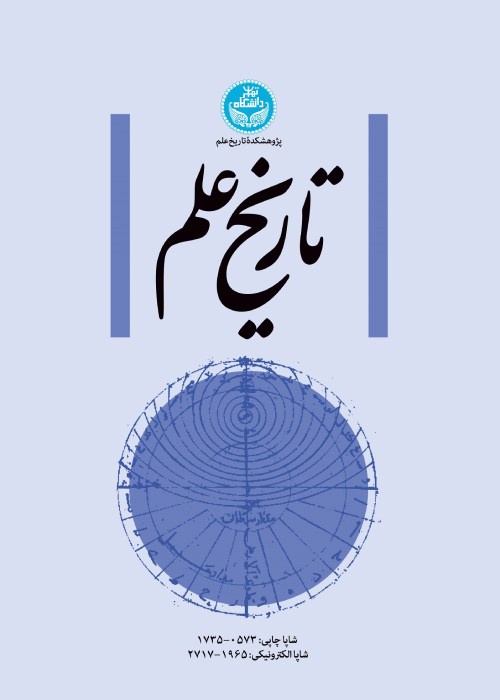Geometry in Nature and Persian Architecture
Author(s):
Abstract:
Nature displays profound preference for certain specific ratios to design her life-forms. These are geometric relationships that are transcendent and originated from Sacred Geometry. The view that geometry had a ritual origin is a part of a wider view that civilisation itself had a ritual origin, and therefore the history of utilisation of Sacred Geometry by man goes back to many centuries ago. The Pythagorean tradition, and the Egyptian and Babylonian sciences from which it derived, and Persian mathematics, a part of which reflects a Pythagorean intellectuality, are based on the sacred conception of numbers and their symbolism. In the traditional world, geometry was inseparable from the other sciences of the Pythagorean Quadrivium, namely arithmetic (numbers), music and astronomy. Traditional geometry is related to the symbolic configurations of space. Geometric forms such as the triangle, square and various regular polygons, the spiral and the circle are seen in the traditional perspective to be, like traditional numbers, as aspects of the multiplicity of the Unity.Architecture itself has always had a sacred meaning to all traditional civilisations through millennia, by which means man has tried to provide for himself a manifestation of heavens. Persian architecture always emphasised on Beauty, and by means of Sacred Geometry Persians measured the proportions of heaven and reflected them in the dimensions of buildings on the earth. A comprehensive utilisation of proportions in Persian architecture, such as in the design of plans, elevations, geometric and architectural patterns, and mechanical and structural features, can be proved through geometrical analysis of Persian historical buildings.In this paper, the sacred conception of geometry and its symbolism in the Pythagorean tradition, and Sacred Geometry and proportions in natural life-forms will be explained. The use of the science of geometry in design of a number of Persian historical buildings will be presented. The geometric factors upon which the design of these buildings, from both architectural and structural viewpoints, is made will be discussed.
Language:
Persian
Published:
History of Science, Volume:6 Issue: 2, 2008
Page:
15
magiran.com/p717445
دانلود و مطالعه متن این مقاله با یکی از روشهای زیر امکان پذیر است:
اشتراک شخصی
با عضویت و پرداخت آنلاین حق اشتراک یکساله به مبلغ 1,390,000ريال میتوانید 70 عنوان مطلب دانلود کنید!
اشتراک سازمانی
به کتابخانه دانشگاه یا محل کار خود پیشنهاد کنید تا اشتراک سازمانی این پایگاه را برای دسترسی نامحدود همه کاربران به متن مطالب تهیه نمایند!
توجه!
- حق عضویت دریافتی صرف حمایت از نشریات عضو و نگهداری، تکمیل و توسعه مگیران میشود.
- پرداخت حق اشتراک و دانلود مقالات اجازه بازنشر آن در سایر رسانههای چاپی و دیجیتال را به کاربر نمیدهد.
In order to view content subscription is required
Personal subscription
Subscribe magiran.com for 70 € euros via PayPal and download 70 articles during a year.
Organization subscription
Please contact us to subscribe your university or library for unlimited access!


